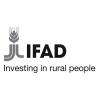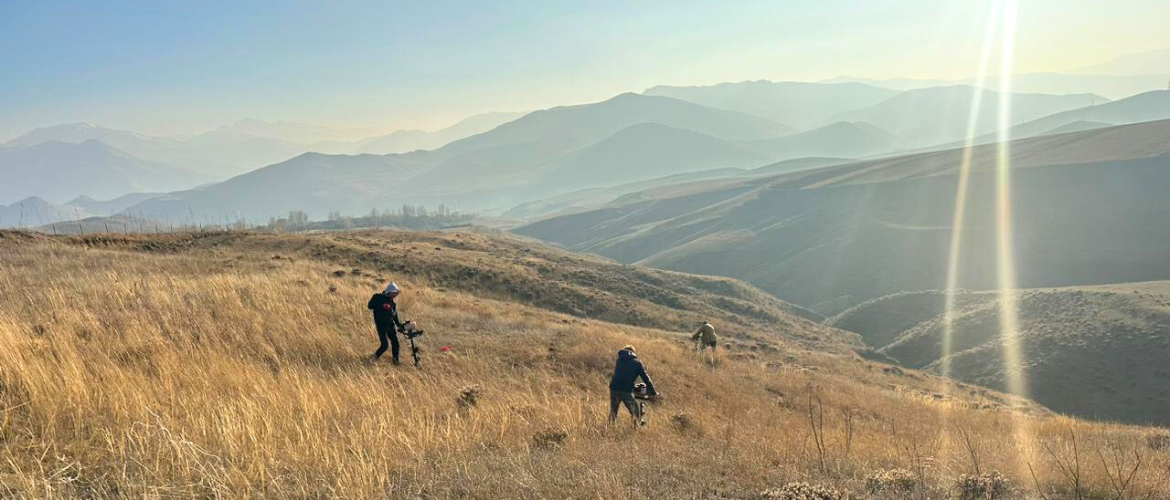
Autumn-Winter 2024 of Agroforestry Project in Shenavan
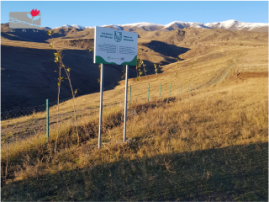
Thanks to the financial support of "A Tree for You" in the spring 2024 "Shen" NGO initiated the "Agroforestry Restoration of 7 ha of Community Land in Shenavan" project, which aimed at restoring a 7-hectare forest landscape incorporating agroforestry concepts, with 18 different species of vegetation and a total of 22,200 plants.
Throwback to Spring-Summer period
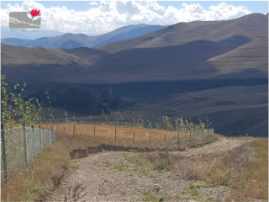
The project launched in spring 2024, and up to the end of summer the project implementors managed to do the measurements of 7 ha of the agroforestry area, build a 1,800 m long fence and equip with two-way gates and a signage, pave the road in the area, sow oat and bean, purchase 22,300 saplings with open and closed root systems, of which planted 7,500 tree saplings, mostly with open root system and a protective forest layer of poplars, as well as install a close to the natural drip irrigation in the agroforestry plantation.
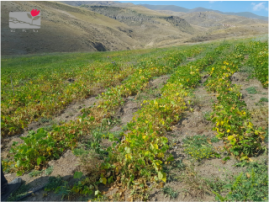
Maintenance and harvesting
Starting from September to October, the community initiative group started the maintenance of the plantation, carried out the oat haying and bean harvesting. They harvested, dried and baled the green mass of oats using their own financial and technical means. A total of 40 bales of hay were collected, and by agreement of the group members was given to the one who was engaged in animal husbandry. Regarding the beans sown, it should be noted that the main work was done by the female members of the group, who after finishing the harvest, also cleaned and stored about 1.5 centners of beans.
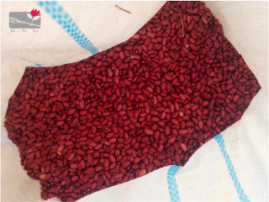
For the current period the group identified garlic as a high-cost and in-demand crop, and green beans as a crop with a short vegetation increasing soil fertility. The planting and sowing of those species were done in the lower part of the bean field of almost 1000 m². The group plans to plant the remaining crop in the spring, 2025.
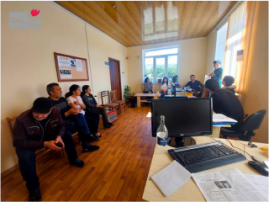
Autumn-Winter Planting Activities
Before autumn planting, the project specialists conducted practical training and technical assistance for the beneficiaries to ensure that planting is done along contour lines to reduce erosion.
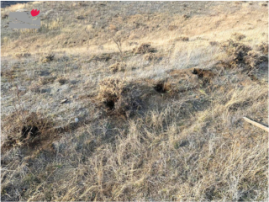
After preparing a certain number of pits in the nursery area, according to the planned species composition, the transfer of saplings and cuttings started. To efficiently organize the planting work, the transfer of saplings from different vendors was carried out at intervals from October to the end of November. All in all, 750 elder (Sambucus nigra), 2,750 cuttings of black and red currants (Ribes nigrum) and 1,000 cuttings of blackthorn (Prunus spinosa), 2,000 rowan (Sorbus aucuparia) and 1,300 wild plum (Prunus spec.) saplings with a closed root system, 1,500 pieces of wild apple (Malus orient.), 1,000 pieces of ash (Fraxinus excelsior) and maple (Acer trautvetteri), 1,500 saplings of birch (Betula litvinowii) and 2,000 saplings of oak (Quercus macranthera) with a closed root system were delivered to the planting area.
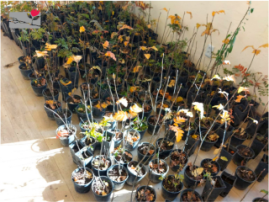
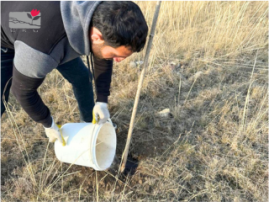
Initially, after planting, the saplings were watered, and along with the planting works, the preparation of pits continued for fast organization of the works. Needless to mention that the hard physical work was done by the men of the group, while the women helped with the planting work.
The entire 5 ha forest area was planted according to the planned scheme, and considering the features of the landscape, the experts of the project prepared mechanical devices for the allocation of pits. The application of these devices enabled reduction or mitigation of soil erosion on steep slopes.
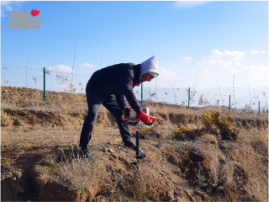
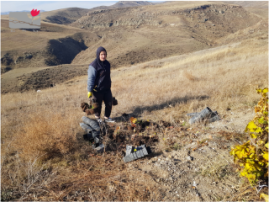
Totally, 13,300 saplings were planted raising the total number of trees planted during the implementation of the project to 20,800.
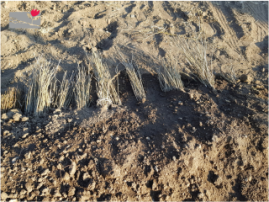
Facing challenges
The autumn planting took place in changing weather conditions, which created inconveniences for the works since the middle of November, because it was not possible to plant with furrows in the case of the cut relief of the slope. Moreover, during the first week of December, due to the permanent snow cover, it was impossible to complete the planting and about 500 oak saplings with open and 1,000 birch saplings with closed root system were not planted. The close root saplings were stored, while the open root saplings were trenched, to be planted in early spring, 2025, before beginning to sap.
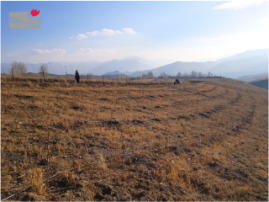
In fact, the challenges were not limited to the weather conditions, but equipment operation, drip irrigation system blockage, incorrect operation, unity of the community residents, crop pests. However, through direct participation and joint efforts of the project experts, as well as involved external specialists and community leaders, it was possible to find solutions, overcome difficulties and motivate all possible stakeholders involved.
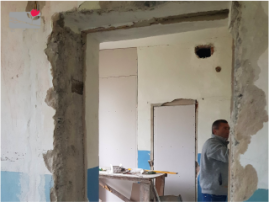
Additional activities
Throughout the whole phase, the project experts made periodic study visits, as well as discussions and workshops with the members of the initiative group. To properly organize the meetings of the initiative group, the community allocated an area in the administrative building, which was renovated by the joint efforts of the members of the initiative group and the community residents.
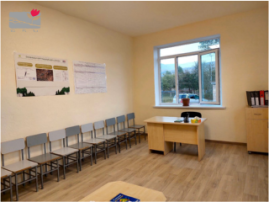
Summing up the autumn-winter phase of the project, we can say that the establishment of the agroforestry is almost finished, while the entire forest range will be completed in early spring, 2025. The sapling adherence and regrowth rates of those planted the previous spring can be assessed from late spring to autumn, and afterwards additions and corrections will be made as needed.
Acknowledging the Impact of “A Tree for You”
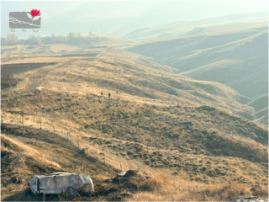
The pioneering initiative of Shenavan’s agroforest has not only transformed Shenavan but also inspired other Armenian communities to consider agroforestry. The growing interest is evidenced by numerous inquiries Shen NGO has received from community leaders across the country. The Shenavan agroforest stands as a symbol of resilience, innovation, and community spirit – a beacon for sustainable development in Armenia.
All this would have been impossible without the tremendous support received from “A Tree for You”!








